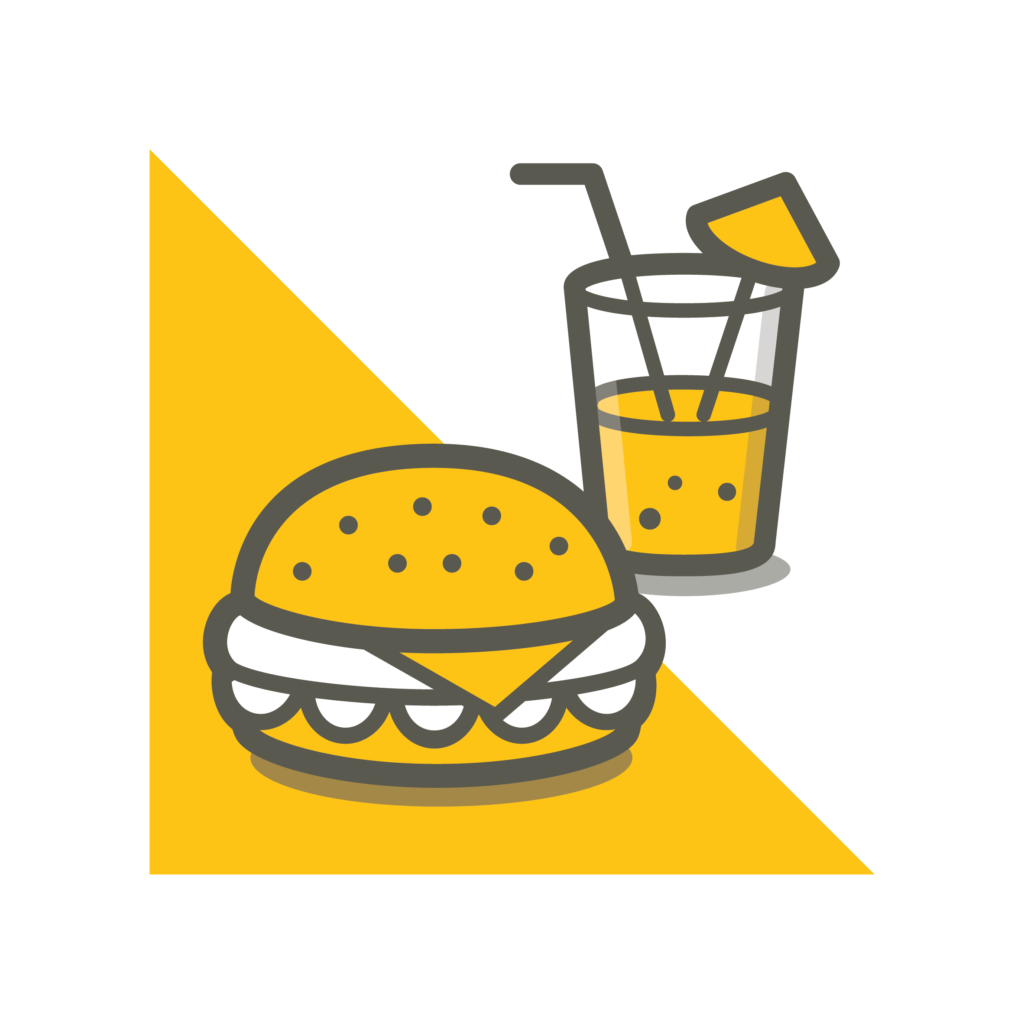Two years ago, very few would have predicted the implausible combination of Brexit and COVID and the momentous impact they would have. Since March 2020, food and drink manufacturers, producers and distributors have been forced to continually adapt to the ever-changing landscape. The industry is widely considered to be facing its biggest challenges since the Second World War. As such, remaining both resilient and adaptive continues to be crucial for the survival of businesses. We look at how the industry has been impacted and whether there are any potential opportunities to be considered.
COVID – changing end user focus
There is no doubt that food consumer habits have changed significantly over the past 18 months, seen by a significant increase in online ordering services. Most food and drink producers and manufacturers continued to work throughout the pandemic, to keep up with the changing consumer demands. Several businesses had to review their operations in full to meet changing behaviours.
This shift in focus across the food and drink sector created opportunity for all manufacturers and producers who were able to distribute their product within the B2C market, where previously some had marketed solely to B2B. The UK food delivery market in particular saw a fourfold increase from 2018 to 2021 (McKinsey). from this growth, which is set to continue. Currently set at USD 10 billion, the international meal kit service market is forecast to reach over USD 24 billion by 2027 (Statistica). Continuing to adapt and diversify where possible remains imperative.
BREXIT – labour shortages
In early 2020, around 25% of businesses in the food and drink sector utilised labour from the EU. At that point, there was still uncertainty around the impact of Brexit on the industry. It was acknowledged that the cross-border supply of food and drink would be logistically challenging. Coupled with the end of free movement of labour, this has created a significant shortage of both labour and supplies. As Christmas approaches, the meat processing industry in particular is down around 20% below the required amount of labour, with some plants working with only 50% of their normal staff (Guardian).
Some of these staff shortages have been resolved by increasing the use of robotics and automation. Whilst this requires significant upfront investment and the right infrastructure, this could also create R&D and capital allowance reliefs.
We have also seen more businesses establishing companies and branches in the UK and likewise a multitude of UK businesses continuing to set up in the EU, to ensure continued access to the UK’s biggest export market. This increase in activity could help ease some of the labour pressures within the food and drink market.
SUPPLY CHAIN DISRUPTION
Alongside food and labour shortages, supply chains also continue to be impacted. In particular, there is now a severe lack of lorry drivers in the UK. The RHA estimates there is a shortage of over 100,000 lorry drivers in the UK – and that it would take a minimum of 18 months to train this many HGV drivers (RHA). Alongside this, the cost of a shipping container has nearly tripled since November 2020, affecting all goods transported along major trade routes by air, sea and road. These logistical and supply shortages have undoubtably had an adverse effect on the global food supply chain, with manufacturers taking the brunt of the cost.
Whilst some are predicting that the supply chain disruption is due to continue for a further two years, there are some ways to mitigate disruption.
Many business owners have undertaken a review of their supply chain arrangements. Businesses that have specific agreements in place with their suppliers, including potential ways to collaborate across suppliers, are establishing competitive advantage in a market where robust supply chains are fundamental to the success of the business.
SUSTAINABILITY
With the Government’s plans for the UK to become a net zero carbon country by 2050, many businesses are transitioning to more sustainable products and processes. A sustainable image and ethos are increasingly important for many consumers who not only want to buy products that are ethical but also want to ensure the whole company adheres to ESG standards.
With larger companies now required to report on their carbon plans and usage in their financial statements, this information is becoming more readily available and transparent.
The upcoming introduction of the plastics packaging tax, due to be implemented in April 2022 further aims to push companies towards sustainability. This tax will apply to all UK businesses that import or manufacture 10 tonnes of plastic packing a year, applying a rate of £200 per metric tonne.
Consumers are increasingly shifting towards more sustainable options, sourced from ethical companies. Businesses who can demonstrate a fully sustainable supply chain are ranked highly by consumers, especially if they are perceived to be eco-friendly businesses.
Manufacturers reviewing their supply chain to look to minimise disruption should also focus on ensuring their supply chain is following ESG standards throughout.
It is also vital to emphasise the importance of not focusing solely on sustainability, but instead building this into the business strategy, ensuring that ESG is intertwined with the businesses’ goals.
Within the current environment, it seems more pertinent to continue to ‘expect the unexpected.’ However, whilst the significant challenges across the sector are widely recognised, there are ways to both mitigate these risks and to focus on available opportunities. At Menzies, we provide business advisory support, from reviewing supply chains through to identifying opportunities to maximise profits whilst becoming more sustainable. We are also part of international network HLB, so are well placed to make introductions into relevant territories. We work with several food and drink manufacturers, producers and distributors so have a first-hand experience of the most effective ways to navigate through these challenging times.
Posted in Blog, Manufacturing



